This document outlines the architecture of Purple Fabric, a solution by IntellectAI, designed to enhance enterprise operations with AI-driven capabilities powered by MongoDB. It provides a detailed perspective on how Purple Fabric incorporates MongoDB into its architecture, addressing enterprise challenges in data management, AI-driven processes, and regulatory compliance, and serves as a resource for teams interested in implementing AI solutions within their organizations.
Core Learning Objectives
Understand the challenges enterprises face in AI deployment.
Explore the four technical stacks of the Purple Fabric platform and how they leverage MongoDB.
Gain insight into multi-agent AI workflows within Purple Fabric.
Outline the platform's role in facilitating enterprise-grade assistance, augmentation, and automation solutions.
Purple Fabric Overview
Purple Fabric is an Open Business Impact AI platform: a full-stack AI operating system designed to drive meaningful business results while being flexible, interoperable, and extensible. Its architecture comprises scalable components that support autonomous AI agents, secure data management, and governance, and these components leverage MongoDB to support dynamic data needs.
Purple Fabric treats AI as a partner in decision-making, execution, and innovation. It supports enterprise-grade AI agents that can assist, augment, or automate end-to-end business functions such as customer experience, compliance, product development, and operations.
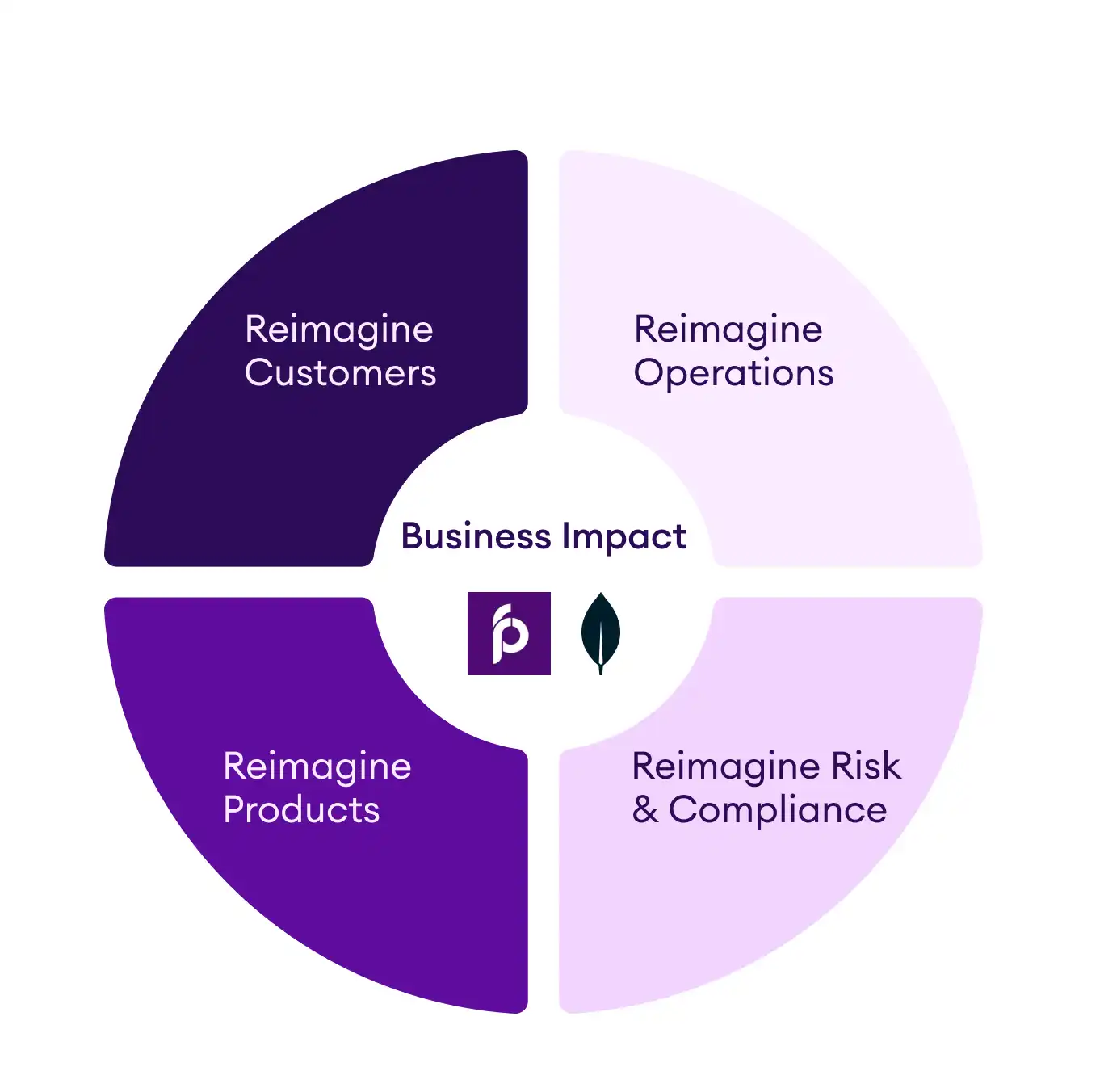
Figure 1. The business impact of Purple Fabric.
Purple Fabric aligns with industry standards for security and regulatory compliance such as ISO 27001, ISO 27017, ISO 27018, SOC 2, AWS WAR, and AWS FTR. Purple Fabric monitors evolving AI regulations, including the EU AI Act, to ensure governance and compliance frameworks remain up to date with emerging legal and ethical standards.
Challenges in Enterprise AI Deployment
Common pain points include:
Fragmented Enterprise Data
Roughly 75% of enterprise data is unstructured, siloed, inconsistent, or untrusted.
Without enterprise-specific context, results from AI models lack accuracy.
Micro-Automations vs. Macro Impact
Most deployments execute isolated micro-tasks, limiting AI to narrow outputs without driving real business decisions or impact.
Without expert-level reasoning, collaboration, and orchestration, AI hits a ceiling in business value.
Compliance & Governance Risks
Proliferation of agents and LLM raises serious risks, such as security, regulatory, and operational.
Enterprises lack centralized oversight and governance, stalling adoption at pilot stage.
LLM Model Lock-in & Operational Costs
Enterprises often face challenges with single-vendor LLM solutions, including rising token costs and limitations in model flexibility.
Optimal accuracy, cost control, and long-term scalability require continuous benchmarking and selection of task-specific LLM.
These challenges are addressed by Purple Fabric's comprehensive AI platform. Unlike isolated LLM tools, Purple Fabric ensures:
The right knowledge is accessible across the enterprise
The right digital experts (agents) are doing the work
The right LLM is chosen for each task
The right governance ensures trust and control
Purple Fabric Platform: the Four Technology Stacks
Purple Fabric's architecture incorporates four foundational stacks designed for scalable and responsible data and AI management:
Enterprise Knowledge Garden (EKG).
Enterprise Digital Experts (EDE).
Enterprise Governance (EG).
Model Optimization Hub (MOH).

Figure 2. The Four Technology Stacks of Purple Fabric
Three of these stacks — Enterprise Knowledge Garden (EKG), Enterprise Digital Experts (EDE), and Enterprise Governance (EG) - rely on MongoDB Atlas to enable real-time knowledge retrieval, semantic search, contextual memory, and source document lineage for intelligent agents. MongoDB's flexible, high-performance infrastructure plays a critical role in supporting multi-agent systems with speed, precision, and traceability, ensuring that enterprise AI is not only intelligent, but also secure and auditable.
1. Enterprise Knowledge Garden: Data Transformation for AI
Purple Fabric's Enterprise Knowledge Garden (EKG) transforms structured, semi-structured, and unstructured data into decision-grade knowledge that is contextually rich, traceable, and continuously accessible by AI agents.
EKG ingests data from diverse sources and formats — including structured data from warehouses and APIs, semi-structured content like regulatory filings or industry reports, and unstructured assets such as PDFs, emails, and call transcripts. EKG uses a first-principles-driven approach to chunking and enrichment which mimics human understanding of content rather than relying solely on fixed token windows.
The role of MongoDB:
MongoDB Atlas serves as the data storage and retrieval backbone for EKG. Each enriched chunk is converted into a vector embedding and stored within MongoDB using native vector indexing. By leveraging MongoDB's flexible document model, embeddings are stored alongside rich metadata — including source, document type, timestamp, and data lineage — ensuring deep context and traceability.
This results in a dynamic knowledge repository that is not only searchable but intelligent, providing contextual precision when feeding insights into large language models (LLM). EKG supports tasks across various domains, such as summarizing a complaint case or cross-referencing contract clauses.
2. Enterprise Digital Experts: Multi-Agent Autonomous Systems
Purple Fabric's Enterprise Digital Experts (EDE) empowers users to build autonomous, domain-specific AI agent teams that can reason, collaborate, and take action independently. Agents are crafted using low-code orchestration and natural language prompts, operating as atomic, molecular, or compound entities. They leverage advanced frameworks, such as ReAct, to incorporate planning, memory, and inter-agent Socratic dialogue for more refined decision-making and outcomes.
The role of MongoDB:
MongoDB handles the dynamic memory and state management of these agents. Each agent maintains its own working memory, task state, and contextual knowledge within MongoDB, enabling real-time persistence and retrieval of evolving states during multi-turn reasoning or user interactions.
When factual grounding is needed, agents invoke Retrieval-Augmented Generation (RAG) pipelines to access the Enterprise Knowledge Garden (EKG). MongoDB Atlas powers this pipeline by delivering fast, filtered access to the right vector embeddings and source documents based on query intent and similarity. This ensures that agents provide responses grounded in traceable, contextually relevant enterprise knowledge which minimizes hallucinations and maximizes reliability.
3. Enterprise Governance: Operational Compliance and Control
Purple Fabric's Enterprise Governance (EG) stack enforces responsible AI by default, embedding compliance, security, and explainability into every layer of the system.
The governance layer oversees every aspect of the AI lifecycle, including data ingestion, agent orchestration, LLM invocation, and final output generation. Its design ensures that every action is observable, auditable, and policy-compliant, enabling enterprises to meet internal risk requirements and external regulatory standards.
Key governance capabilities include:
Prompt governance and toxicity detection: Filtering unsafe or non-compliant queries and responses.
Access controls and workspace isolation: Segmenting roles, teams, and visibility for secure collaboration.
PII masking and entity redaction: Protecting sensitive data at both the retrieval and output layers.
Rate limiting and usage tracking: Monitoring token usage, agent behavior, and preventing overuse.
The role of MongoDB:
MongoDB is foundational to Purple Fabric's governance framework, particularly in ensuring retrieval transparency and document lineage. When agents invoke RAG pipelines to ground their outputs, MongoDB stores embeddings, metadata, and source pointers for retrieved knowledge chunks. This creates a verifiable trail that maps the entire process — from input to retrieved knowledge to generated output — enabling post-hoc audits, compliance reviews, and root-cause analyses.
While Purple Fabric's control plane governs broader aspects like LLM safety, agent reasoning, and user workflows, MongoDB enhances traceability, security, and validation of knowledge access at scale, reinforcing the platform's ability to meet the demands of regulated industries with confidence.
4. Model Optimisation Hub: Dynamic Model Selection
Purple Fabric's Model Optimization Hub (MOH) is designed to give enterprises the freedom and intelligence to choose the right LLM for the task. It addresses one of the most critical challenges in scaling AI—balancing cost, accuracy, and performance across diverse use cases.
MOH allows teams to benchmark multiple LLM against real-world tasks such as summarisation, extraction, classification, reasoning, or validation. These evaluations are based on customisable metrics like latency, token consumption, output precision, and more, which are all tracked through real-time testing and usage data.
Once benchmarked, models can be:
Pinned to specific agents or use cases based on performance
Switched dynamically depending on cost/latency constraints
Tuned with prompt engineering and few-shot examples for domain specificity
MOH also supports bring-your-own-model (BYOM) capabilities, allowing enterprises to plug in proprietary or fine-tuned LLM running on their own infrastructure or via private endpoints for use cases that demand higher control, data sovereignty, or custom domain adaptation. This modularity ensures that enterprises can avoid vendor lock-in, maintain performance across changing use cases, and optimize LLM economics without sacrificing quality or compliance.
Reference Architecture Diagram
Purple Fabric seamlessly integrates data ingestion, knowledge orchestration, agentic execution, and enterprise governance to deliver AI agents that produce trusted, explainable outcomes in real-world enterprise settings.
MongoDB Atlas serves as the foundational data platform. MongoDB powers critical capabilities such as vector storage, semantic search, and lineage tracking, ensuring that every AI-driven action is anchored in enterprise-grade data with traceability and reliability. MongoDB's flexible document model and scalability make it indispensable in managing the diverse and dynamic data needs of Purple Fabric's AI ecosystem.

Figure 3. High-Level Functional Architecture: Purple Fabric within the Enterprise Landscape
Use Cases: How Multi-Agent AI Transforms Enterprise Operations
Purple Fabric's multi-agent architecture is designed to tackle complex, end-to-end business challenges—not just isolated tasks. By combining its core pillars with robust orchestration, enterprises can achieve outcomes that are faster, smarter, and fully grounded in enterprise context.
Use Case: Complaints Investigation
Transforming a five-week manual process into an AI-driven solution that delivers results in minutes.
A leading wealth manager in the UK faced a crisis when new consumer duty regulations triggered a surge of over 50% in customer complaints. With more than 10,000 unresolved cases piling up, the firm was overwhelmed by lengthy investigation cycles. Solving a single complaint took up to five weeks, requiring investigators to manually pull information from over 10 systems—including policy admin databases, CRM tools, internal documents, and regulatory updates.
The process was burdened with inefficiencies: fragmented data sources, high error rates, and an inability to adapt to evolving policies and regulations. With less than 30% of complaints resolved within SLA timelines, the firm struggled with growing customer dissatisfaction and mounting compliance risks.
Purple Fabric transformed this process by deploying a production-grade multi-agent system for complaint investigation, designed to act, reason, and collaborate with speed and consistency.
The solution orchestrated a team of over 20 intelligent agents, each specialized for a part of the workflow. Some agents focused on extracting and logging complaint details, others verified policy terms, ran precedent checks, gathered evidence across systems, or wrote structured investigation reports. A Complaints Manager agent coordinated the entire flow, and a Human-in-the-Loop interface ensured compliance and oversight for final decisions.
The results?
What previously took five weeks of manual handoffs is now completed in minutes. The AI-powered system autonomously handles evidence gathering, classification, investigation, and adjudication with auditability and consistency:
22 processes integrated across 11 systems
20+ AI agents collaborating autonomously with humans in the loop
End-to-end process time reduced from weeks to minutes
Purple Fabric's innovative complaints resolution framework transformed how investigations are managed—unlocking speed, quality, and scale while minimizing compliance risks.
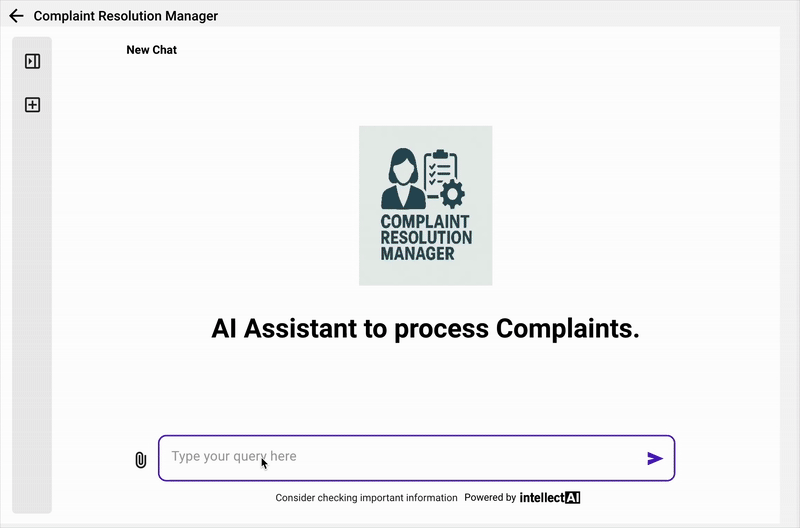
Figure 4. Behind the scenes, the agent team connects with 11+ systems retrieving customer details, transaction history, policy documents, and regulatory guidelines — to build a complete contextual foundation for the complaint.
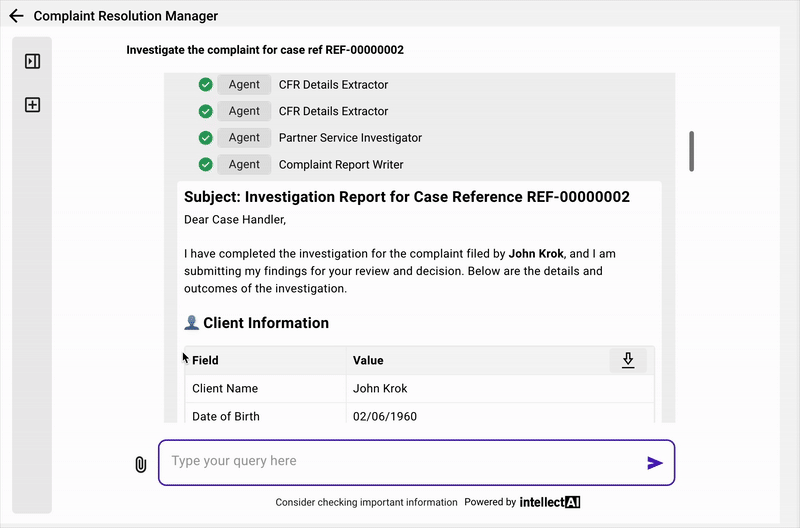
Figure 5. Once the case dossier is compiled, the final layer of agents - the investigation agent and report writing agent scrutinises the information, produces an investigation report, and recommends a resolution — complete with supporting evidence.
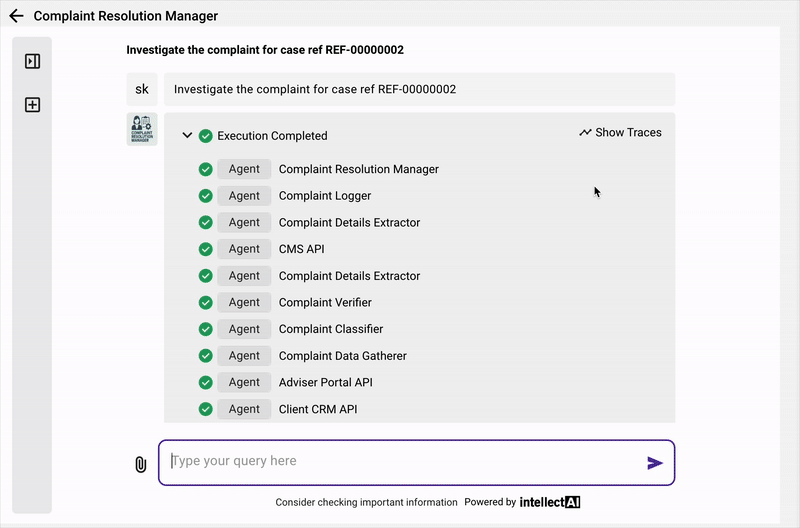
Figure 6. Every decision, action, and agent interaction is logged in TRACES — Purple Fabric's explainability layer, so that you can follow exactly how the recommendation was reached.
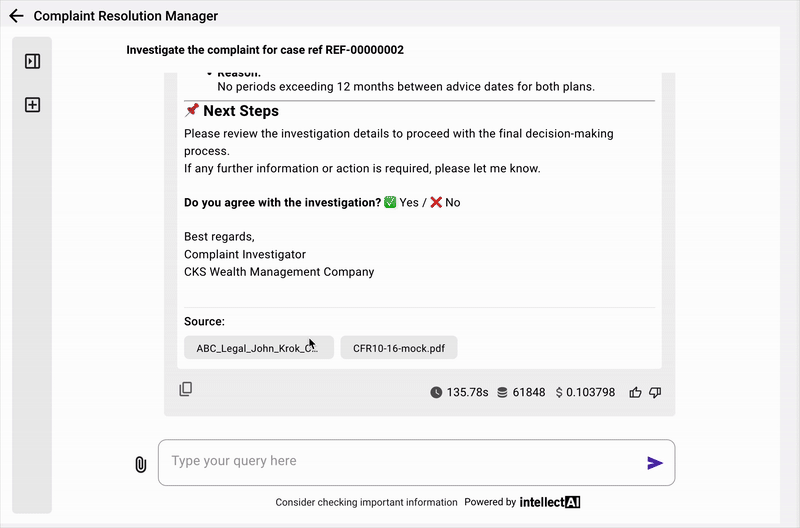
Figure 7. Every insight is backed by evidence. 'Sources' reveals which documents were used and how, providing full traceability from complaint to conclusion.
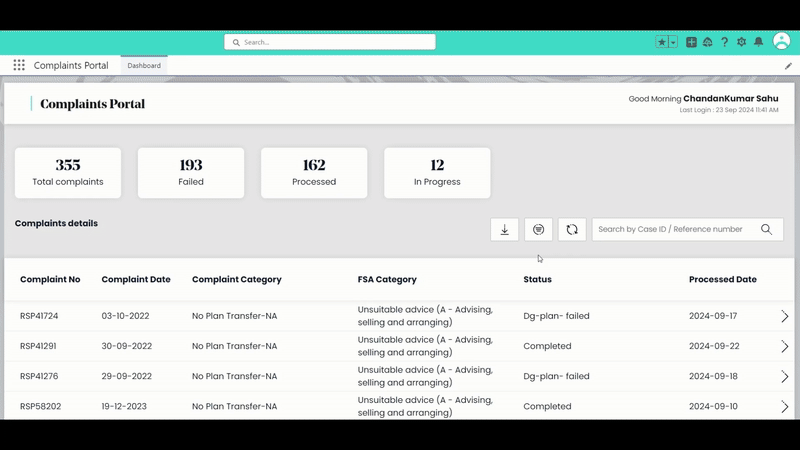
Figure 8. Each agent in the Complaints Investigator team is modular and API-publishable. This means the entire workflow can be embedded into existing enterprise applications, enabling intelligent complaint resolution without disrupting current systems.
Use Case: Corporate Intelligence
From 100,000 person-days to intelligent ESG insights.
A leading institutional investor managing a portfolio of over 9,000 companies faced a daunting challenge: integrating ESG (Environmental, Social, and Governance) insights into portfolio analysis. ESG data was highly fragmented across thousands of sources—including reports, disclosures, filings, and news articles—resulting in an overwhelming 10 million documents for analysts to sift through manually.
Portfolios shifted by nearly 10% each month, ESG ratings proved inconsistent, and mounting regulatory pressure demanded sustainability alignment. Analysts spent an estimated 100,000 person-days annually reviewing documents, piecing together insights, and generating reports—an effort that was both time-intensive and error-prone.
Purple Fabric transformed this process by deploying a multi-agent Corporate Intelligence system designed to automate and elevate ESG analysis.
The solution began with agents that ingested ESG documents across structured and unstructured formats, creating a unified ESG knowledge garden. Then, specialised digital experts extracted and aligned data to client-specific ESG guidelines ensuring that every insight mapped to the investor's frameworks.
Agents like the Environment Agent, Social Data Agent, and Governance Data Agent parsed sustainability-related information at scale. A 360 Analyst Agent created holistic company profiles. A Query Agent enabled users to interrogate the entire portfolio using natural language, and a Reporting Agent generated investor-ready summaries which were all traceable and audit-ready.
To keep the intelligence real-time, APIs were used to ingest news and external data feeds, enabling agents to perform sentiment analysis on the latest ESG developments. This allowed the platform to identify emerging risks and opportunities across companies, ahead of manual review cycles.
Every insight was grounded in original data with explainability by design. And since agents operated with real-time access to both historical records and live APIs, the analysis was always current.
The results?
Near 100% portfolio coverage
Over 90% accuracy in extracted ESG records
1,000× faster turnaround times compared to traditional methods
100,000 specialist person-days saved annually
What once required brute-force manual review now runs on intelligent, collaborative agents, delivering ESG analysis with unprecedented speed, scale, and traceability.

Figure 9. The most comprehensive and differentiated knowledge base for ESG and non-financial portfolio analysis — built from over 10 million documents across 9,000 companies and structured into 60 billion+ searchable chunks.

Figure 10. Natural language queries are answered using company-specific documents. Each response is explainable through TRACES and links to the underlying source material.
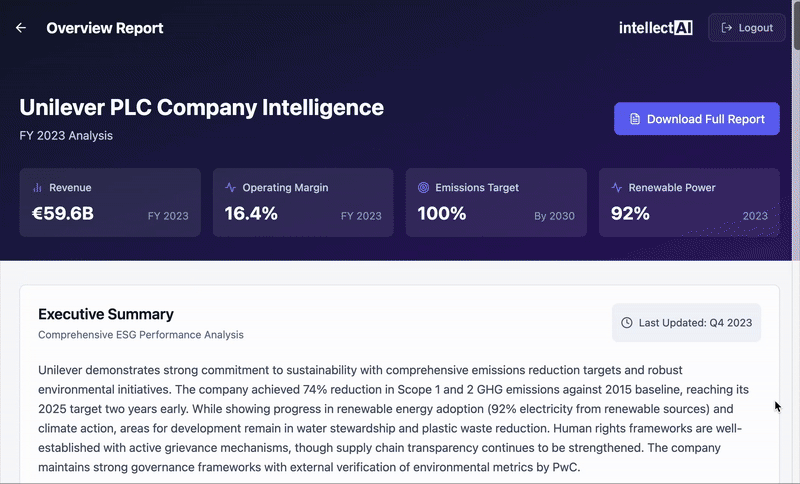
Figure 11. Users get a full 360° company view in seconds, curated by specialised ESG agents and presented through a structured interface with differentiated, actionable insights for portfolio management and ESG reporting.
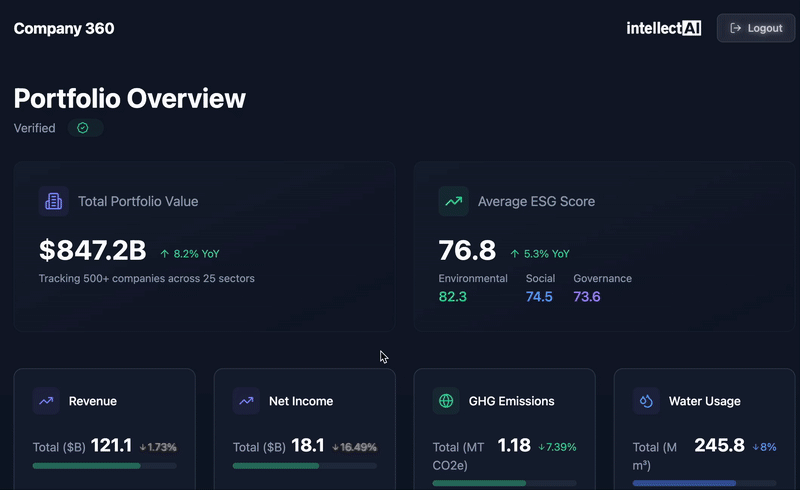
Figure 12. Users can explore insights across multiple levels — from portfolio dashboards to individual company scores, all the way down to the original source documents that power every datapoint.
Deployment Considerations
Purple Fabric offers deployment models that align with an organisation's existing infrastructure, data residency policies, and compliance requirements. Enterprises can choose from two primary deployment options:
Deploy within your own VPC
Enterprises can host Purple Fabric entirely within their own cloud environment, typically on AWS or Azure, enabling them to maintain full control over data, access, and infrastructure. In this model, all enterprise knowledge, agent orchestration, and governance components run inside the client's own Virtual Private Cloud (VPC), adhering to their internal security, audit, and compliance policies.
Dedicated Tenant on Intellect's Cloud
For enterprises seeking faster deployment without infrastructure overhead, Purple Fabric can be provisioned as a dedicated tenant on Intellect's secure cloud. Enterprises connect their internal systems via private, credential-based connections that ensure data access remains secure and tightly governed. Each tenant is logically isolated with independent governance, observability, and compute controls, ensuring enterprise-grade security while accelerating time-to-production.
Regardless of the deployment path, Purple Fabric offers:
Built-in monitoring and observability: Including real-time dashboards, cost tracking, agent execution trails, and system health metrics
Secure access to enterprise systems: Managed via the Credentials Module, which stores and encrypts API keys, database credentials, and email connector tokens for seamless and secure integration
Security and access control: Granular, role-based access and workspace-level isolation
Auditability and compliance: Every document retrieval, agent action, and LLM output is logged for end-to-end traceability, with support for encryption at rest and in transit
Whether hosted within an enterprise's cloud environment or managed as a secure, isolated tenant in Intellect's cloud, Purple Fabric ensures that AI is deployed securely, monitored transparently, and governed at every step.
Conclusion: Build AI That Delivers Business Impact
Purple Fabric demonstrates the ability to scale enterprise AI while embedding governance, security, and explainability into workflows. MongoDB enables critical capabilities across Purple Fabric's architecture—including vector storage, semantic indexing, and metadata-based traceability—ensuring low-latency, robust, and compliant AI-driven solutions at scale.
For teams exploring enterprise AI deployments, Purple Fabric – with MongoDB at its core – can enable real-world impact through scalable data operations, multi-agent orchestration, and compliance-driven workflows.
Next Steps
Learn more about Purple Fabric and connect with the IntellectAI team at purplefabric@intellectdesign.com. Learn more about MongoDB Atlas and its enterprise-grade database solutions.